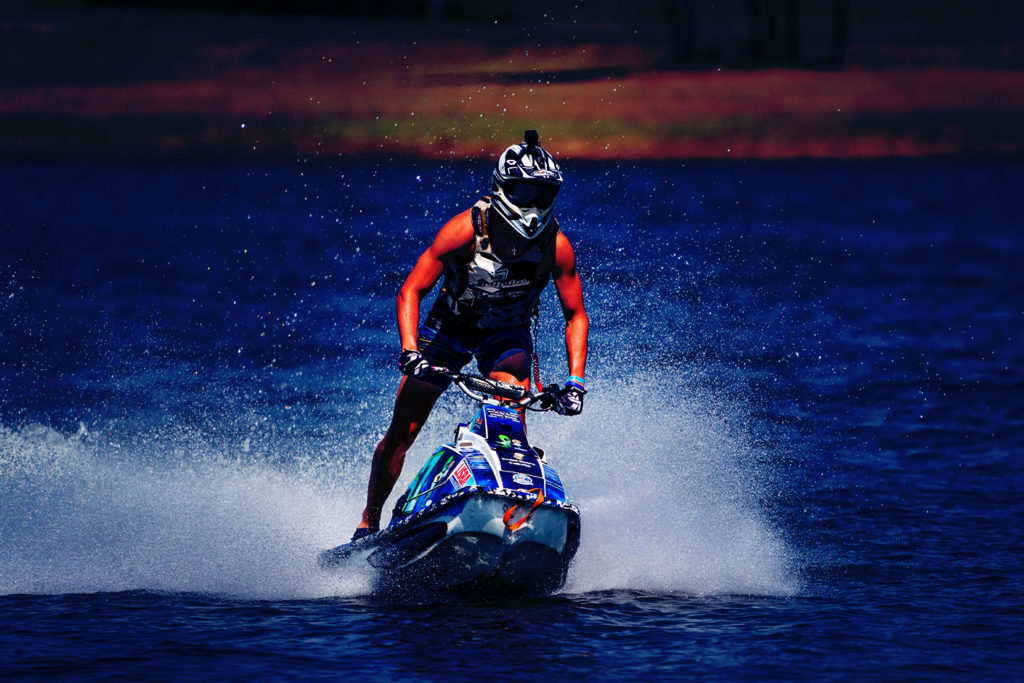Whether jet skis can be ridden in a bay depends on local regulations, environmental considerations, and safety guidelines specific to the bay.
Here are some general points to consider…
- Local Regulations
- Many bays have specific regulations governing the use of personal watercraft (PWCs), such as jet skis. These regulations may include designated operating areas, speed limits, noise restrictions, and hours of operation.
- Check with local authorities, such as harbor masters, marine law enforcement, or relevant government agencies, to understand the specific rules and regulations for the bay where you wish to ride a jet ski.
- Environmental Considerations
- Bays often have sensitive ecosystems, including seagrass beds, mangroves, and wildlife habitats. To protect these environments, some areas within bays may be designated as no-wake zones or restricted areas.
- Be aware of any environmental regulations or restrictions that may apply to minimize impact on marine life and preserve the natural habitat.
- Safety and Navigation:
- Bays can have varying water depths, currents, tidal changes, and navigation hazards. To operate a jet ski safely, understand the bay’s geography, local conditions, and navigational aids (e.g., buoys, markers).
- Maintain a safe distance from other vessels, swimmers, and wildlife while riding in the bay.
- Community and Noise Concerns:
- Some bays are located near residential areas or recreational zones where noise from PWCs can be a concern. Local communities may have regulations or guidelines to address noise pollution and ensure responsible watercraft operation.
Before riding a jet ski in any bay, research and adhere to all applicable rules and regulations. This helps ensure your safety and the protection of the bay’s natural resources and community interests. Contacting local authorities or marine enforcement agencies can provide specific guidelines and recommendations for jet ski use in the bay area you’re interested in exploring.



